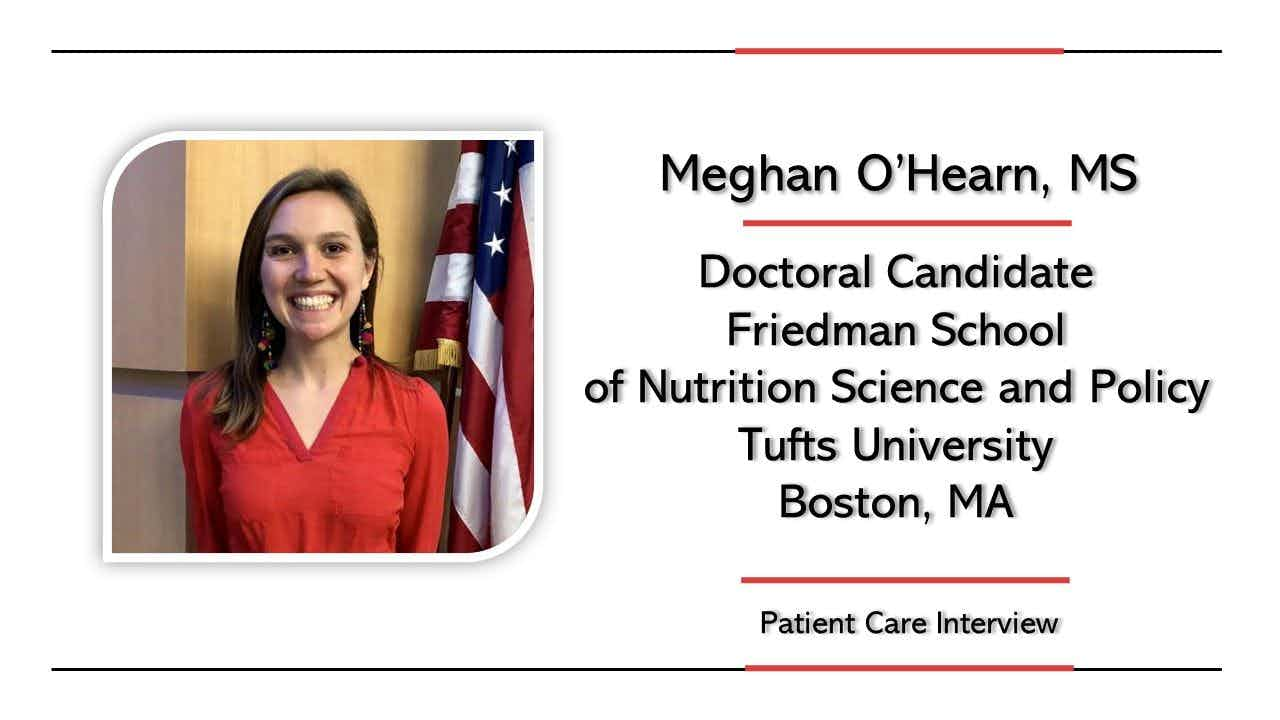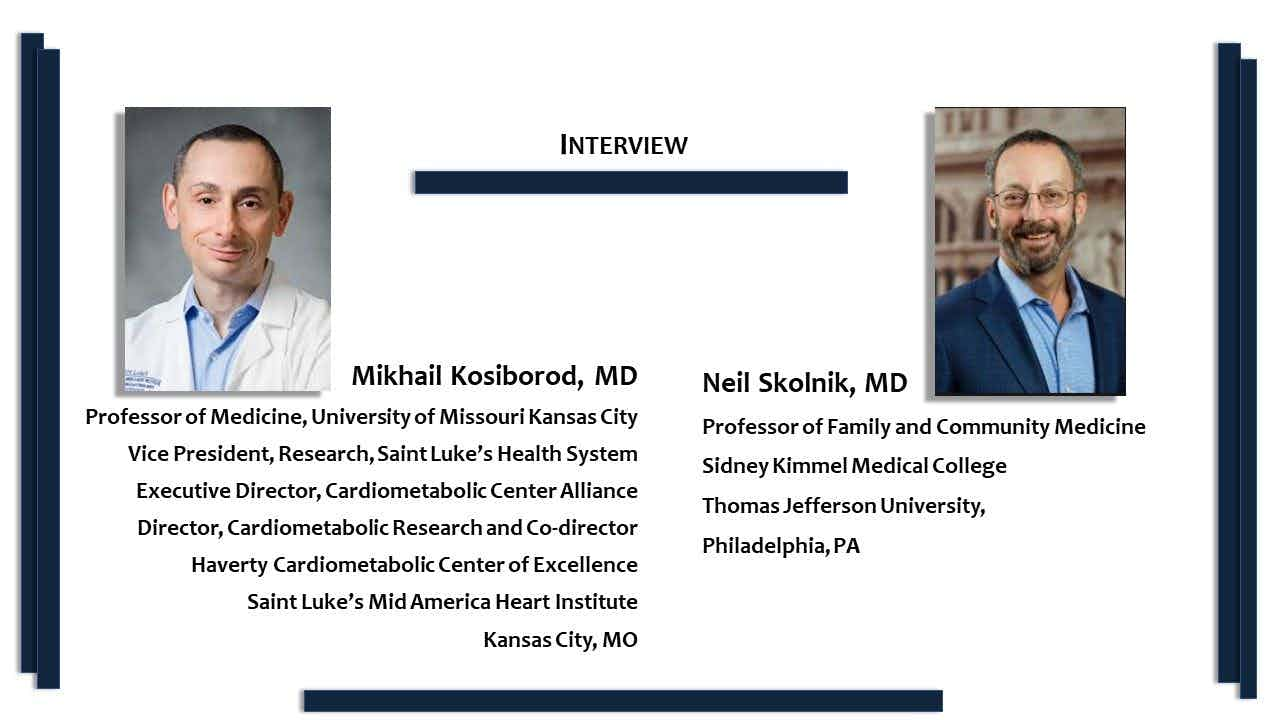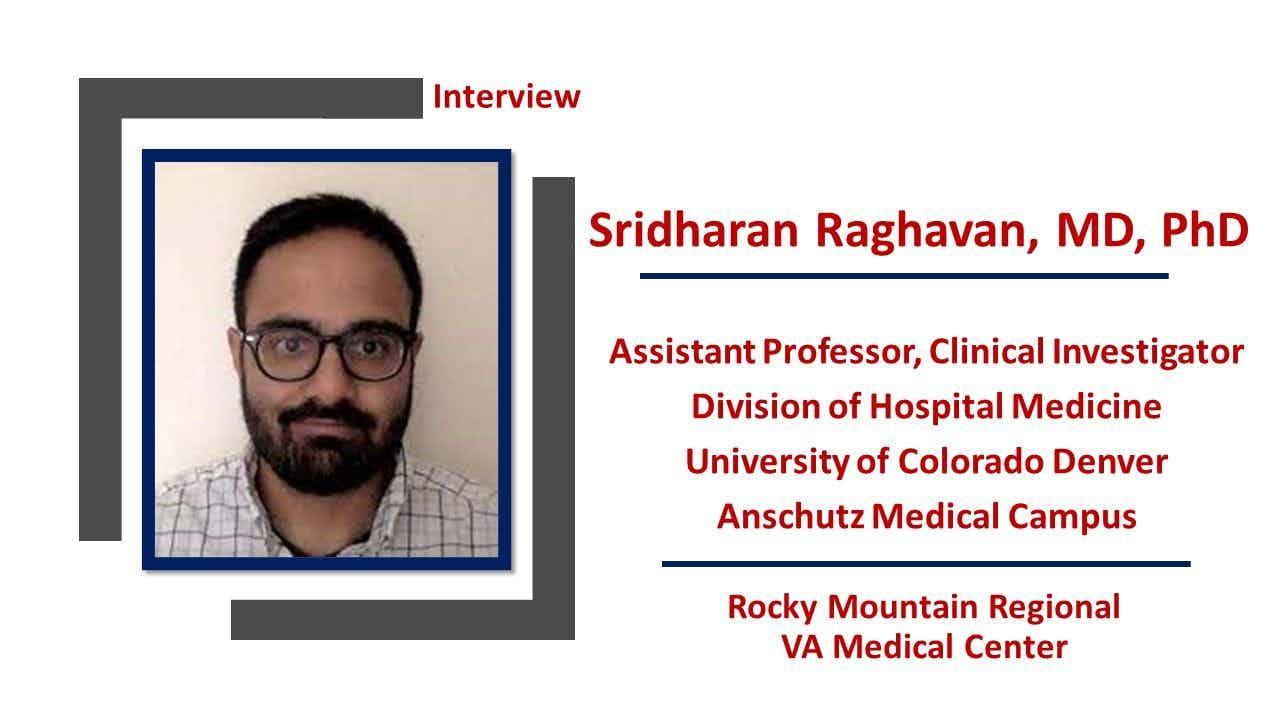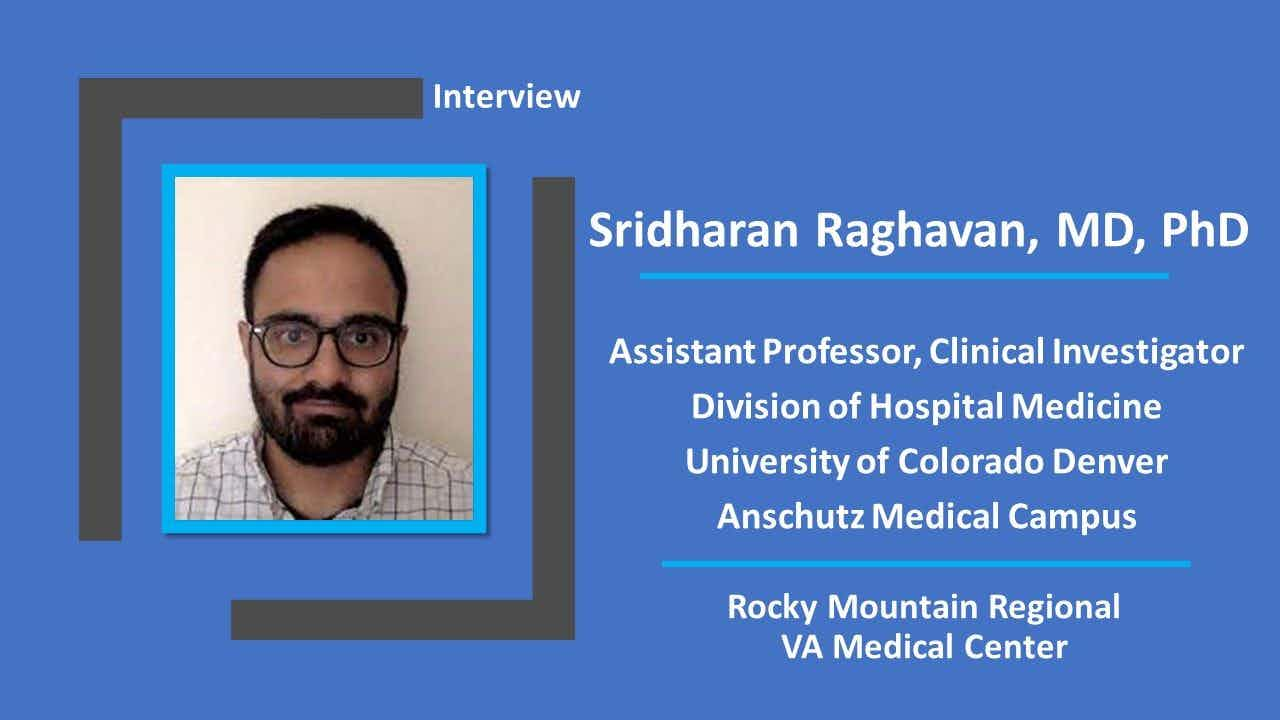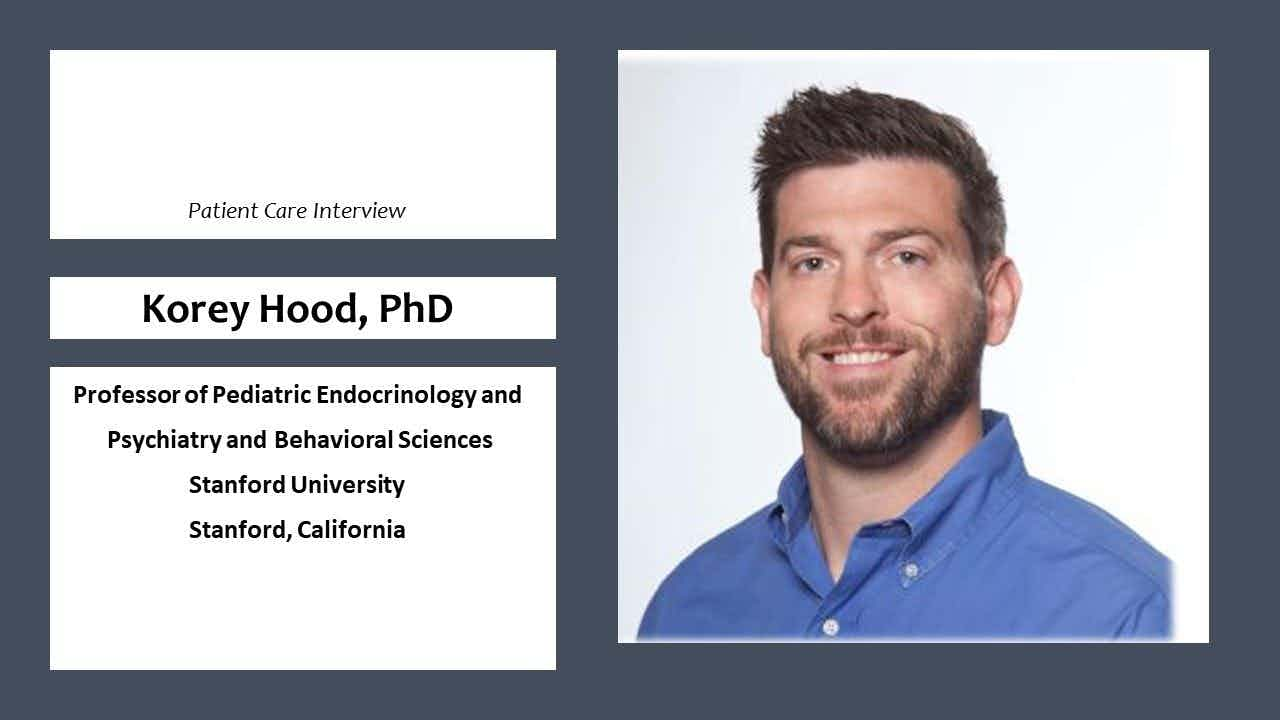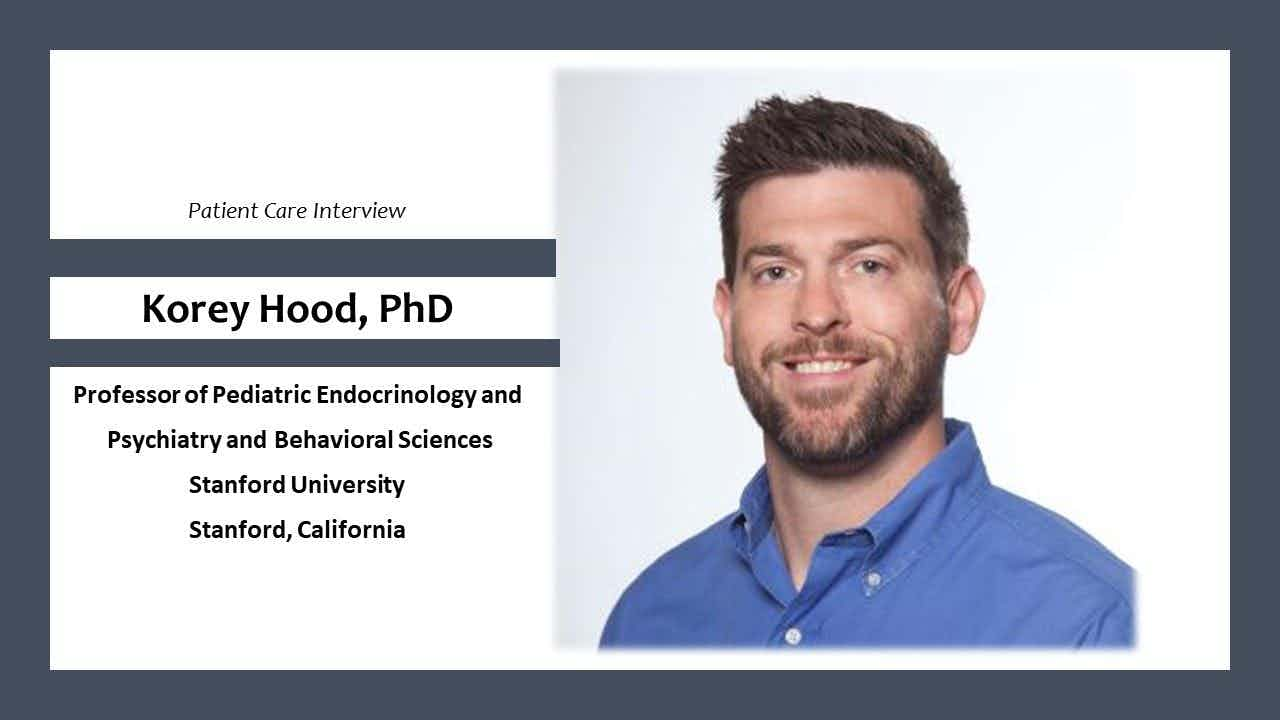Recognizing and Addressing Barriers to Diabetic Retinopathy Screening
Key opinion leaders in diabetes management provide insight on recognizing and addressing barriers to care and screening for diabetic retinopathy.
Allen Dobson, Jr., MD, FAAFP: What are some of the barriers for patients with diabetes who need screening and eye care?
Wade Brosius, DO: We touched on it a little before. Trying to make sure that people have access to their primary care provider and specialists is really important. It’s interesting, because years ago, we had a bigger problem trying to get the HEDIS [Healthcare Effectiveness Data and Information Set] Stars measure closed. I’m the old man in my practice. Nationwide, about 25% of visits are diabetic related. In my office, because I’m the old guy, I get most of the older people, too. About 40% of my visits are diabetic visits. As little as 2 years ago, before we had the retinal camera in our office, we were covering about 50% to 75% of the patients who are being screened regularly, despite our constant urging at every visit. I’m happy to say that we’re comfortably well above 85% in the office. Having access to this type of technology has been helpful at reducing the barriers.
Shelton Hager, MD: The access has helped the situation for sure. Two years ago, I couldn’t get my own patients into my own office for an A1C [glycated hemoglobin], much less than anything else, because of fear of COVID-19. They were isolated. But now we’re beginning to ramp back up into chronic care, and this is definitely a chronic care issue for diabetics, unfortunately. It’s a silent one until they get into trouble, much less the fact that there are a lot of people walking around the United States who are undiagnosed diabetics with hyperglycemia who are the iceberg under the water that we haven’t even caught yet. These are some of the things.
But with the new technologies, one of the other things that helps out here in Northeast Tennessee is that we’re part of a health information exchange. Because then we can start having a central community record for, as you said, Mr Jones who came in and was a new patient. You can access his record, and maybe somebody else caught some of their issues before you have. You have a wider scope than just the history from the patient.
Allen Dobson, Jr., MD, FAAFP: Traditionally, the retinopathy screening was done by referral to an ophthalmologist, and that comes down to time, money, transportation, and getting them to go. It takes follow-up and care coordination to make sure people don’t fall through the cracks if you’re doing it that way.
Transcript Edited for Clarity

